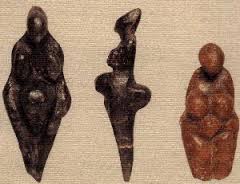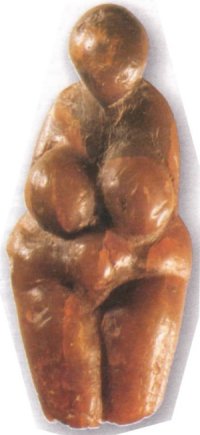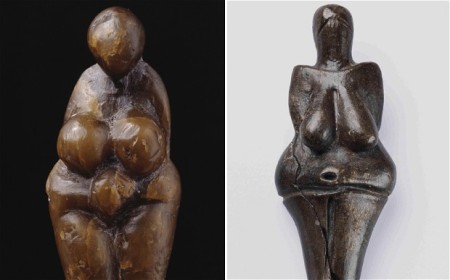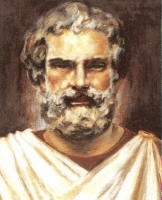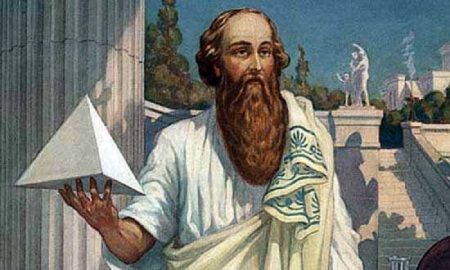This is a (long overdue!) continuation of the post on African influence in early European culture. Again based mainly on Runoko Rashidi’s Black Star: The African Presence in Early Europe, ISBN 9780956638021.
In Monaco there’s a group of caves called the Caves of Grimaldi, in which remains of these Africans and their statuettes/ figurines were found. They’re nowadays known as “Grimaldi Man”, and though they were originally classified as Cro-Magnon (another type of early human) it’s now established they were “anatomically modern” humans. Their facial structures seem to most resemble the Khoisanids of southern Africa, they date from 40 to 25,000 years ago, and were found over a 1000-mile area between France and the Caucasus of Russia! 
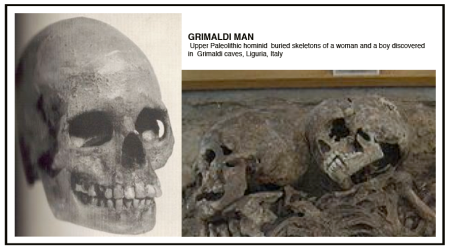

The figurines depict women with steatopygia (enlarged buttocks. Think Saartjie Baartman enlarged) and gigantomastia (enlarged breasts) and are all of various brown hues. Despite some claims, there’s no evidence they were meant to depict anyone other than those early people of Europe.

Similar statuettes have also been found in Balzi Rossi, Italy. Also see here for more info and examples.
Despite the impression historians like to give, ancient Greek civilisation did not suddenly spring into existence. Evidence shows all of it was conceptualised and developed from Nile Valley (Kemetic/ ancient Egyptian) civilisation. The Minoans on the Greek island of Crete were de facto intermediaries and transmitters of culture from Nile Valley to mainland Greece, influencing first the Mycenaeans and later the classical-era Dorians. For example, the 7th century BC Kouros statues at Delphi and Delos are so obviously based on Egyptian statues “not even the most die-hard classicists try to argue otherwise.”


A further example is the “Doric” columns of the Parthenon (447-438 BC). They came from the temple-complex of the Saqqara step pyramid (death of Pharaoh Djoser, 27th century BC).


Then there’s the Greek Thales (c.624 – c.546 BC) and Pythagoras (c.570 – c.495 BC). Both were Greek, geniuses of philosophy & maths. In fact, Thales is listed as one the Seven Sages of Greece and the very first philosopher, while Pythagoras invented the word philosophy – literally “love of wisdom”. And both of them trained extensively under priest-adepts in Egyptian temples.
Not just them, the book also lists Solon, Anaximenes, Anaximander, Eudoxus, Plato, Hipparchus and Galen as more such notable Greeks. And as the Father of History Herodotus (c.484 – 425 BC) made explicitly clear, Egyptians were black-skinned and woolly-haired like “Ethiopians” (the old term for Africans back then, what we call Ethiopians were called Abyssinians). See here and here for references.

